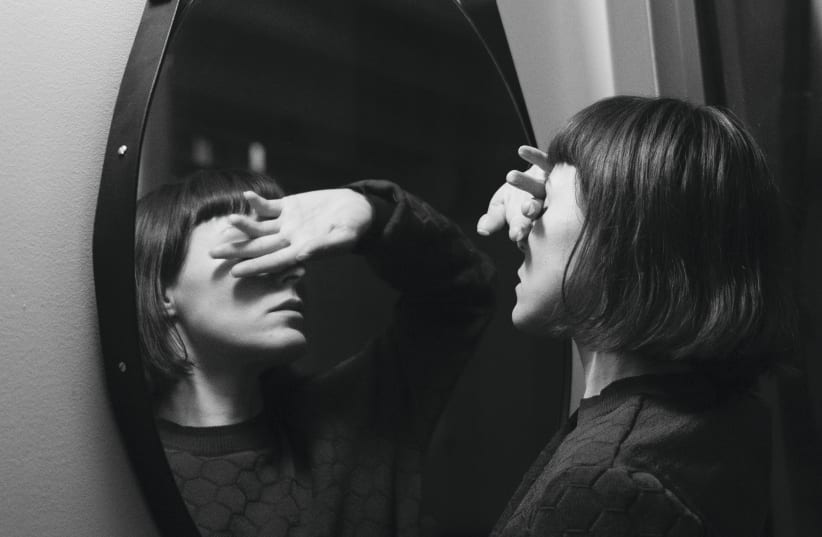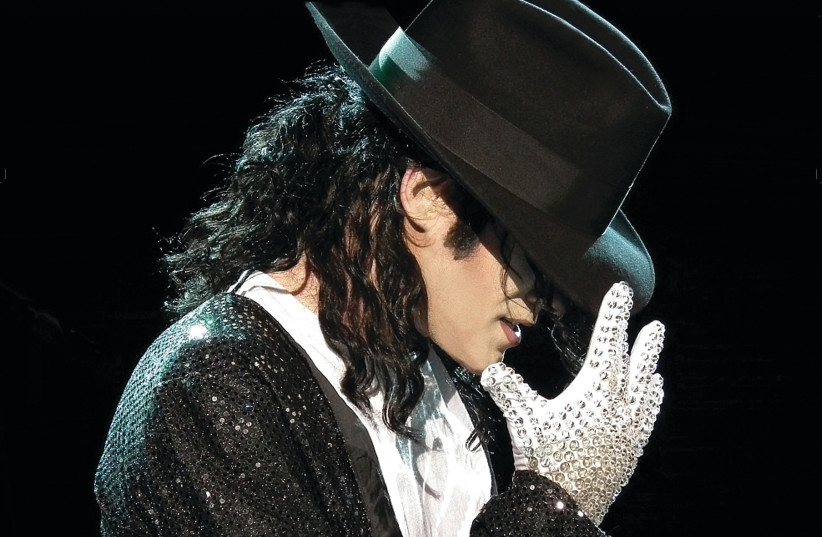“You’re suffering from ‘phone dysmorphia,’” my therapist told me as I described the experience of using my new iPhone.
Phone dysmorphia is not a real thing. You won’t find it described in the DSM. It’s a metaphor rooted in “body dysmorphic disorder” (BDD), first identified in 1891.
The Cambridge Dictionary describes dysmorphia as when “someone falsely believes there is something wrong with the size or shape of their body.” It comes from the Greek for “misshapenness.”
BDD is a distortion of perception that occurs when what you see when you look at your body in the mirror is not how your body appears to an objective third party. In the most typical case, you may be trim and fit but see yourself as overweight.
“Facial dysmorphia” focuses on perceived flaws involving one’s skin, hair, nose, eyes, mouth, lips, jaw and chin. Michael Jackson’s obsession with plastic surgery, it is suspected, was caused by facial dysmorphia.
“Selfie dysmorphia” has been in the news lately, following the revelations by Facebook whistleblower Frances Haugen that the social media giant is aware that one in three teenage girls who use Facebook-owned Instagram find the platform contributes to a negative body image.
My own “diagnosis” of phone dysmorphia was an attempt by my therapist to help me understand my surprisingly negative reaction to my new iPhone 13 Pro.
When I picked up the phone – which is wonderful by almost all measures – I was shocked by how heavy it is compared with my previous device, a nearly seven-year-old iPhone 6S with a much smaller screen and battery.
“I see a small phone, one that you can easily hold in your hand,” my therapist noted. “You see something closer to a tablet.”
WHILE “PHONE DYSMORPHIA” is clearly a construct, it got me wondering: What other types of dysmorphia might there be, allegorically speaking? What can we learn if we reimagine modern society as suffering from “dysmorphia of the social body?” And does this point to any way to heal?
Here are a few select metaphorical dysmorphias.
Science dysmorphia. This is where something has clear science behind it, but you see the situation entirely differently.
Take climate change. As extreme weather wreaks havoc around the world, there’s no longer any question that human behavior is fueling the flames. And yet, some people, disputing evidence supported by 97% of all climate scientists, insist that global warming is “natural” and there is no connection to, say, carbon emissions or cow farts.
Health dysmorphia. Here’s where we get into vaccines, which save countless lives, have few side effects and are the best way to break out of the current pandemic. Yet a vocal minority see them as unproven, dangerous or lethal. (For some reason, the same dysmorphia doesn’t apply to other medical treatments for COVID-19 that are even newer, such as monoclonal antibodies.)
Object dysmorphia. This is what happened to me with my iPhone. Other examples: Our new air conditioner does a great job of cooling off our bedroom, but it’s noisy. Guess which aspect I focus on? Or you have a perfectly fine house, but in your mind, it’s too small.
Object dysmorphia feeds envy: You may have a lovely car, but you can’t appreciate it when your neighbor’s new Tesla is taunting you from across the driveway.
Political dysmorphia. Donald Trump and Benjamin Netanyahu both insist they are still the leaders of their respective countries (Bibi reportedly demands that his Likud followers address him as “Mr. Prime Minister.”) The reality is they lost their elections.
Political dysmorphia rears its head when you vote for politicians or parties believing they stand for one thing when an objective outsider could tell you that the opposite is plainly the case.
Religious dysmorphia. You see your religion as “true,” so other religions (and different denominations within the same faith) must necessarily be false. The result is almost always a fight, sometimes even war. This may be the most pernicious kind of metaphorical dysmorphia.
EXPANDING THE definition of dysmorphia to the social body is more than just a semantic exercise – we have reached a point where disagreements have become so toxic, they feel like a real disease. So, let’s treat them that way.
The most effective way to treat BDD is through “exposure therapy,” in which the person suffering is slowly exposed to his or her fears in a safe environment.
Exposure is what’s missing in the modern world. Social media is often described as an “echo chamber” because its algorithms show us only what we are predisposed to agree with. Exposure to other points of view can be the cure.
If you follow only Israeli politics, for example, it might seem quite normal for a prime minister indicted for bribery to stay in his job pending the outcome of a trial. But beyond our borders, when police raided the office of Austrian Chancellor Sebastian Kurz as part of an ongoing corruption investigation, Kurz resigned.
When my wife, Jody, and I traveled to Norway several years ago, we learned that most of the workers in the hospitality industry were from neighboring Sweden. Young Norwegians consider such employment beneath them. We never would have known about that if we had not visited the country.
Unless you’re stuck in a tourist “bubble” (think: cruise ship excursions), travel is one of the most effective forms of exposure therapy.
I don’t mean to dismiss the seriousness of BDD. But by applying “dysmorphia” in an unorthodox way to not just the physical but the social body, we gain new tools that may help us address some of the more vexing problems of contemporary life.
The writer’s book, Totaled: The Billion-Dollar Crash of the Startup that Took on Big Auto, Big Oil and the World, is available on Amazon and other online booksellers. brianblum.com

